High-Performance Metal-Core Catalytic Converters: Revolutionizing Gasoline Vehicle Emissions Control
Introduction
In the era of stringent environmental regulations and growing eco-consciousness, high-performance catalytic converters with metal cores have emerged as critical components for gasoline vehicle exhaust systems. The product showcased at ksrcat.com (200-100 cells, 114x104mm) exemplifies cutting-edge technology designed to maximize emission reduction while ensuring durability and cost-efficiency. This article delves into the science, applications, and advantages of these advanced converters, providing actionable insights for automotive engineers, environmentalists, and aftermarket buyers.
1. What Is a Catalytic Converter?
A catalytic converter is a compact reaction chamber integrated into a vehicle’s exhaust system. It contains catalysts (typically platinum, rhodium, and palladium) that transform harmful pollutants—carbon monoxide (CO), unburnt hydrocarbons (HC), and nitrogen oxides (NOx)—into less toxic gases like carbon dioxide (CO₂), water (H₂O), and nitrogen (N₂) through oxidation and reduction reactions5.
Key Features of Metal-Core Converters:
200-100 Cell Density: Optimizes exhaust flow and catalytic surface area for higher efficiency.
Metal Substrate: Enhances thermal conductivity, durability, and resistance to vibration compared to ceramic cores.
114x104mm Dimensions: Compact design suitable for diverse vehicle configurations.
2. How Metal-Core Converters Work
2.1 Catalytic Reactions
Oxidation: Converts CO and HC into CO₂ and H₂O using platinum/palladium catalysts.
Reduction: Breaks down NOx into N₂ and O₂ via rhodium catalysts1.
2.2 Advantages of Metal Substrates
Faster Light-Off: Metals heat up quicker than ceramics, reducing cold-start emissions by up to 30%.
Durability: Withstands extreme temperatures (up to 1,000°C) and mechanical stress15.
Weight Reduction: Lighter than ceramic equivalents, improving fuel efficiency.
3. Applications in Gasoline Vehicles
3.1 OEM Integration
Automakers prioritize metal-core converters for:
High-Performance Engines: Superior heat dissipation prevents catalyst sintering.
Hybrid Vehicles: Compatibility with start-stop systems due to rapid thermal response.
3.2 Aftermarket Upgrades
Emission Compliance: Helps older vehicles meet Euro 6/EPA Tier 3 standards.
Performance Tuning: Reduced backpressure enhances horsepower without sacrificing cleanliness12.
4. Environmental and Economic Benefits
4.1 Emission Reduction
CO/HC Reduction: Up to 90% lower than non-catalytic systems1.
NOx Control: Critical for urban air quality improvement.
4.2 Cost-Effectiveness
Longevity: Metal cores last 100,000+ miles, reducing replacement frequency.
Recyclability: Precious metals (Pt, Pd, Rh) are recoverable, lowering lifecycle costs5.
5. Installation and Maintenance Tips
Positioning: Install close to the engine for optimal light-off performance.
Diagnostics: Use OBD-II scanners to monitor catalyst efficiency.
Avoid Contaminants: Leaded fuel or silicone-based sealants can poison catalysts.
6. Industry Trends and Future Outlook
Nanotechnology: Emerging catalysts (e.g., FeN₄ stabilized by Pt) promise higher durability4.
EV Transition: Converters remain vital for hybrid/plug-in vehicles during the shift to electrification6.
Conclusion
The ksrcat.com metal-core catalytic converter (200-100 cells, 114x104mm) represents a pinnacle of emission control technology, blending performance, compliance, and sustainability. As regulations tighten globally, adopting such innovations ensures both ecological responsibility and operational excellence.
Call to Action: Explore ksrcat.com’s product line to upgrade your vehicle’s exhaust system with confidence.


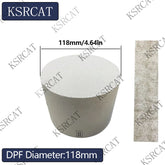
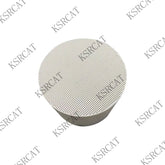
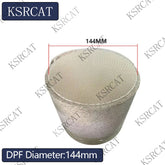
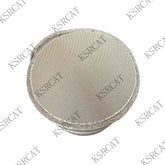






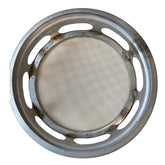
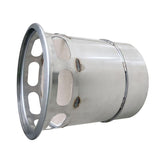
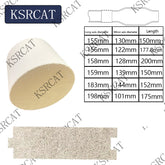
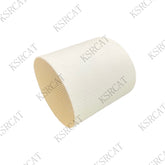

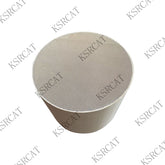
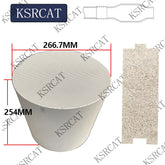

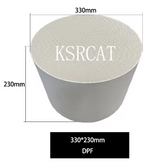

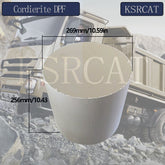
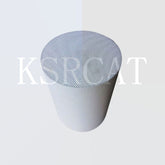
Leave a comment
All blog comments are checked prior to publishing